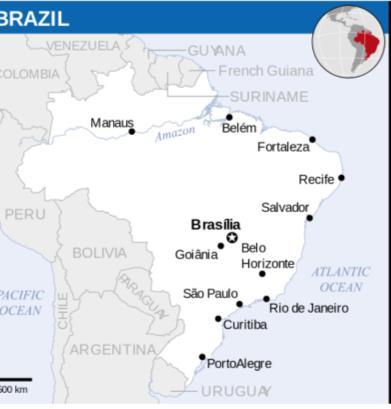
4 minute read
Brazil
from PNGAF MAGAZINE ISSUE # 9D4D of 15th March 2022 - global timeline forest tree plantations
by rbmccarthy
industrial resource. Indeed by 1942 26Toumey and Korstian’s substantial Seeding and Planting in the Practice of Forestry was already in its third edition, and the then USSR planted numerous shelterbelts to assist food production in the Ukraine and elsewhere.
In the tropics and subtropics, South Africa had, by 1945, created 180,000 ha of plantations of P. patula, P. elliottii, P. taeda and some Eucalyptus spp. in Mpumalanga (Eastern Transvaal) province alone, Queensland (Australia) had 9800 ha of exotic P. elliottii plantations and native Araucaria cunninghamii (27Ryan and Shea, 1977) and in India, 80,000 ha of teak had been planted (28Griffith, 1942) and many trials of Eucalyptus spp. set up. 29Khan and Chaudhary, 1961).
Advertisement
Before 1945 the main plantations in tropical America were on a small scale for protective purposes around cities, and for fuelwood, railway sleepers and pit props. The most extensive early plantations were in the State of Sao Paulo, Brazil from 1905 to 1915 at the instigation of Edmundo Navarro de Andrade, head of forestry services for the Paulista Railway Company. In 1950 Brazil had close to half a million hectares of planted eucalypts, a larger area than any other country.
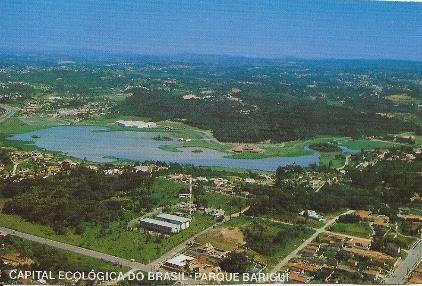
Map: Source Wikipedia.
26 Toumey J, Korstian C (1942) Seeding and planting in the practice of forestry: a manual for the guidance of forestry students, foresters, nurserymen, forest owners, and farmers. Third edition Publisher Wiley New York 1942 27 Ryan T and Shea G (1977) Exotic pine plantations in Queensland and the role of the Beerwah-Beerburrum Forests. Post consultation tour notes No. 8 Third World Consultation of Forest tree Breeding. FAO Canberra 28 Griffith A L (1942) teak plantation technique/ Silviculture. Indian Forest Records 5: 123-219. 29 Khan, M.A.W. and Chaudhary, N.R. (1961) Eucalypt trials in India. Proceedings of the 10th AllIndia Silvicultural Conference, Dehra Dun, pp. 535–545.

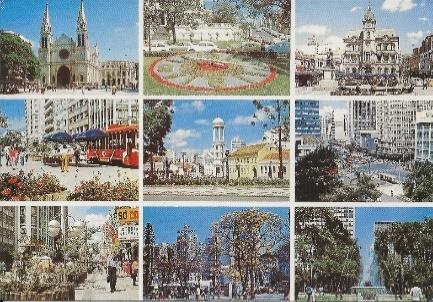




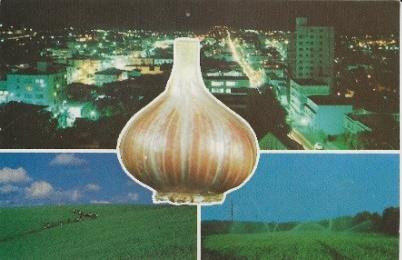
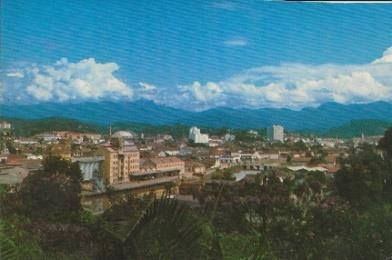

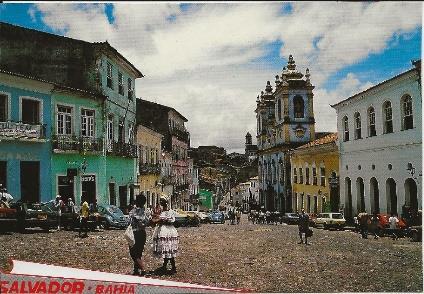
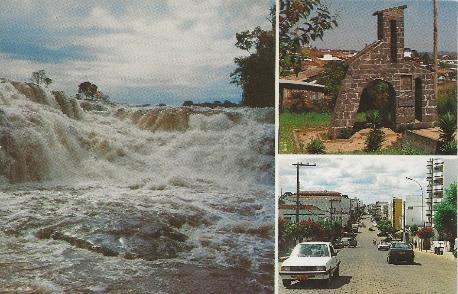

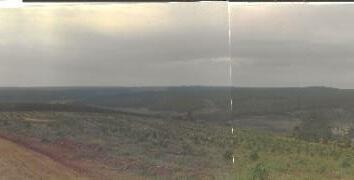

Pisa -Florestal S/A Jaguariaviva P. patula E. grandis plantations. Brazil. Photo credit Dick McCarthy Gottstein Fellowship 1992.
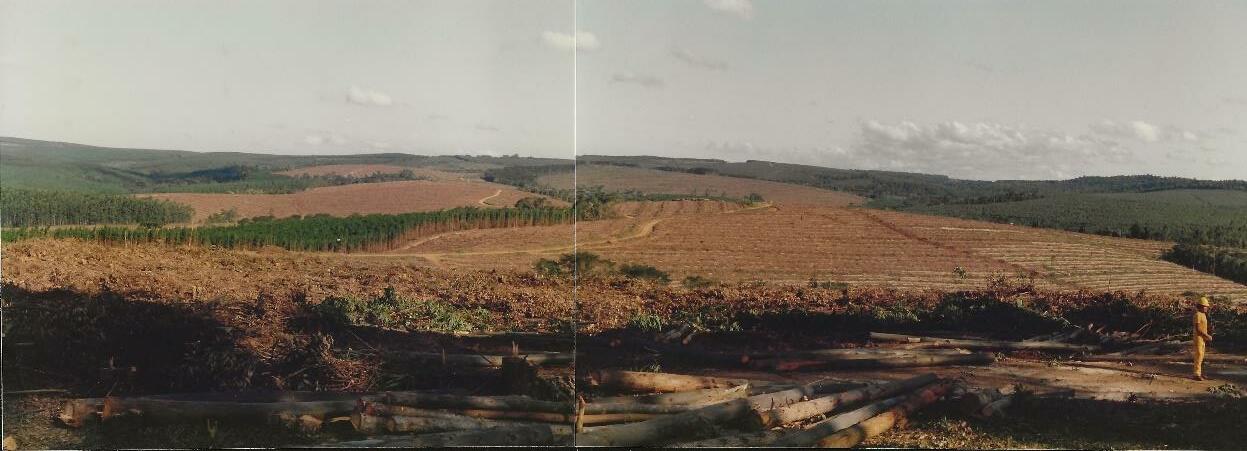
IKPC (Indústrias Klabin de Papel e Celulose S.A.,) State of Parana Brazil. 70% E. grandis, 30 % E. saligna and some E. dunnii clones. 7 yrs. CF. Photo credit Dick McCarthy Gottstein Fellowship 1992.
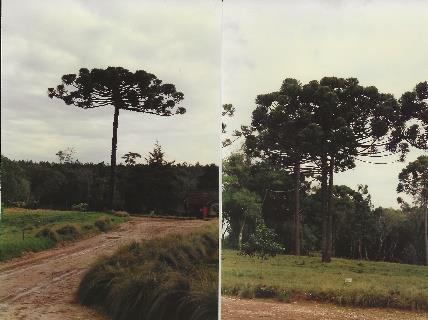
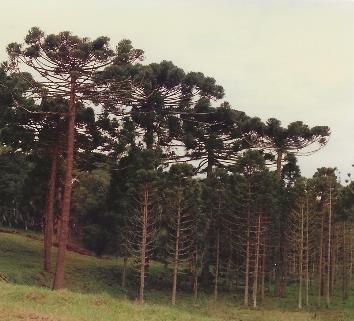
Aracuaria angustifolia Southern Brazil. Up to early 1980’s, major source of softwood logs till cut out. Now only exists in reserves on company lands. Photo credit Dick McCarthy Gottstein Fellowship 1992.

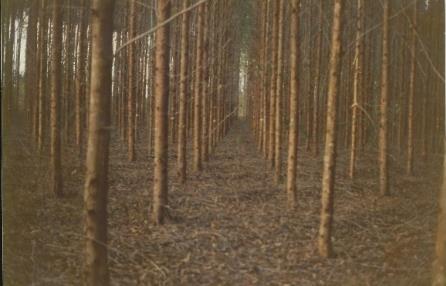
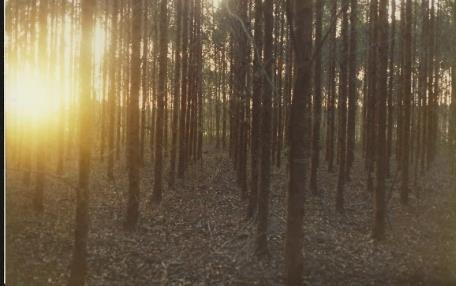
Norcell Bahia State Brazil estate 60,000 ha E. grandis, E. grandsi/urophylla clones, E. urophylla, E. pilita, E. citrodoria, E. maulata etc. Photos of 4 year old grandis clones. Photo credits Dick McCarthy Gottstein fellowship 1992.
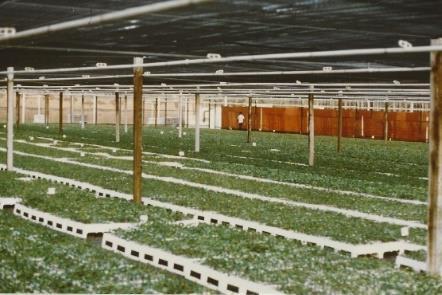
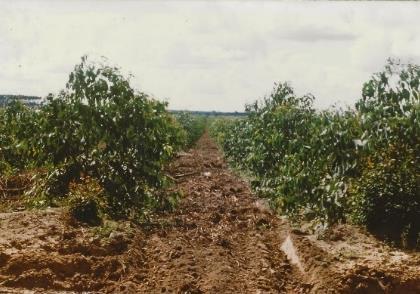
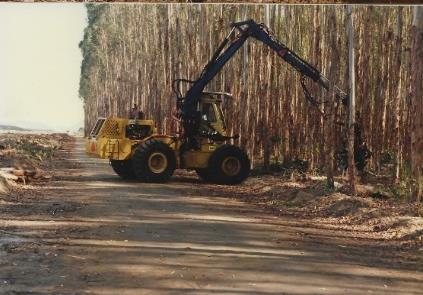
Aracruz Brazil. Annual harvest 4.5 million cubic metres of wood to give 1 million tonnes pulp in 1992. Photo left nursery, middle cuttings E. grandis clones 7 months old, bottom clear felling 7 years old 300m3/ha. Annual planting rate 19,500 ha in 1990. Photo credit Dick McCarthy Gottstein fellowship 1992.
Between 1900 and 1945, although most of the world’s tropical plantations for wood production were primarily of pines, eucalypts and teak, there were major plantings of trees for non-wood forest products.
Paramount was the rubber tree (Hevea brasiliensis); first planted in Malaysia in 1898, it boomed in about 1910 when it was enthusiastically taken up by coffee and tea planters whose commodities were experiencing difficulties. Indonesia and Malaysia are currently the world’s largest rubber producers. Photograph Sogeri Plateau Trukai PNG Plantations
old rubber wood stands. Photo credit Dick McCarthy 2005.
In the period 1920–1930, the private sector began extensive plantations of the Australian black wattle, (A. mearnsii) for tan bark to supply tannin to the leather industries. In 1921 there were about 115,000 ha in South Africa and 25,000 ha in Kenya. It was also planted in Zimbabwe, Tanzania, India, and Brazil. In recent years, the value of the








